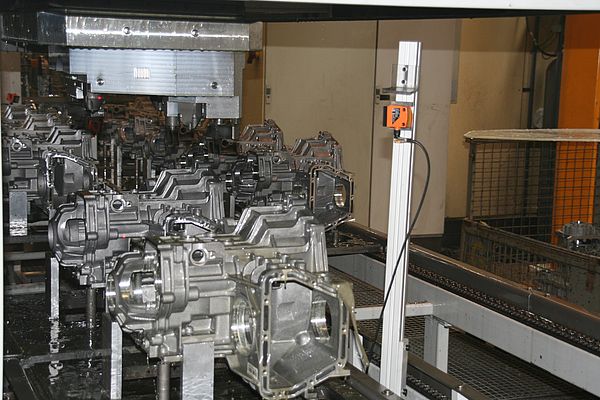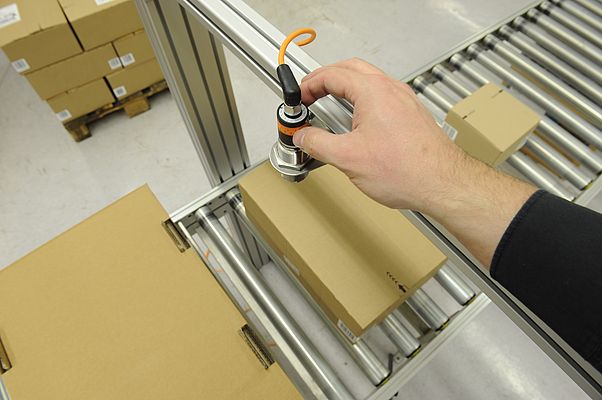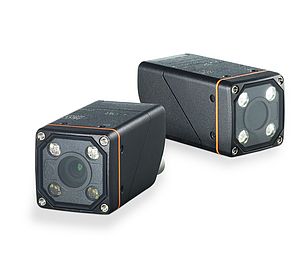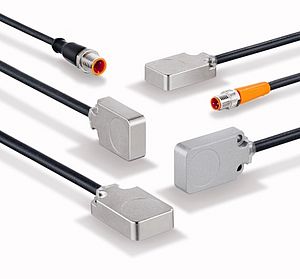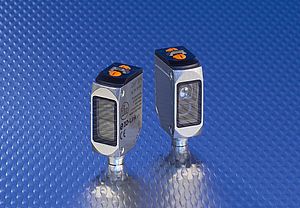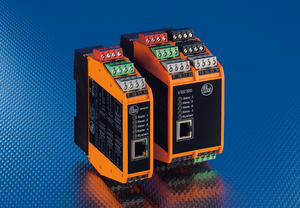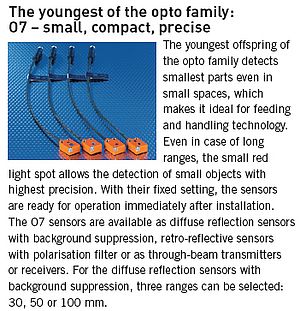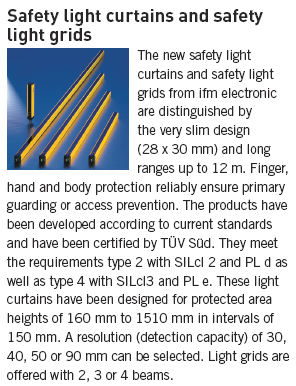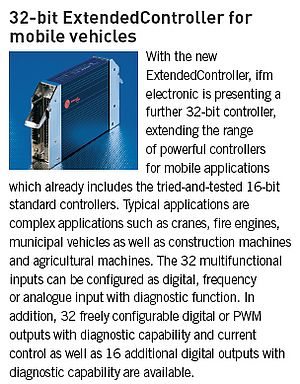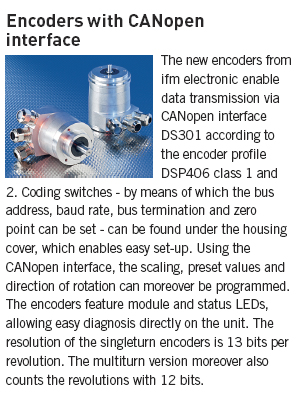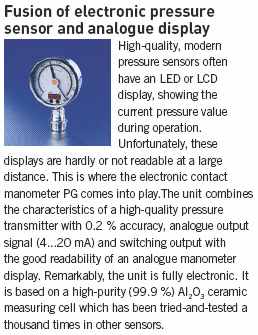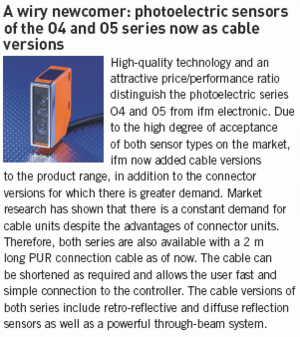In many applications of conveying and material handling it is important to reliably detect the presence of an object. In principle, many different sensors operating with various measurement methods are available for this task. So-called photonic mixer devices based on a time of flight measurement of laser light provide an especially large number of advantages at a low price. ifm electronic now presents new PMD sensors the price of which compares to the conventional photoelectric proximity sensors and therefore they open many applications for this technology.
Photoelectric sensors are often used in material-flow applications - in some cases, however, they are problematic. A typical case is the gear housing finishing. Suppliers manufacture gear housings for renowned automobile manufacturers using a high degree of automation. The machining centres where the gear housings are finished in a chip-removing process are automatically controlled and fed. To avoid collisions, for example of feeding equipment, it is necessary to detect the exact position of the gear housing and the carrier. This task can sometimes be difficult when using conventional photoelectric sensors, for example diffuse reflection sensors or light barriers, since they have to be installed in direct proximity of the machining centre. The coolant used here would put the photoelectric sensors out of action within a short time and cause malfunction.
Time of flight measurement of the light
A solution for such difficult tasks is for example provided by photonic mixer devices (PMD sensors) which measure the time laser light transmitted from the sensor needs to reach the object and to go back again. This time of flight measurement is extremely precise so that the exact distance to the object can be determined. To implement the time of flight measurement, the light of a laser diode is frequency-modulated. Then the sensor measures the phase shift of the reflected light and can thus determine the time of flight and therefore the distance with a high degree of precision.
PMD sensors offer many advantages
These PMD sensors have many other advantages besides the high precision. As compared to photoelectric diffuse reflection sensors it is above all the very long sensing range. ifm's new O5D and OID PMD sensors, for example, feature a range of 2 metres each. This allows to implement difficult applications as described above, without any problems. Due to the flat angles of up to 20°at which the light hits the object to be measured, installation is very flexible. The user has many options to use his PMD sensors - in the above described case at a location where no coolant soils the sensors. Set-up is also comparatively easy. With conventional photoelectric sensorsthe switch point has to be set in the application for which the real object to be detected is required. This is much easier with the PMD sensors whose sensing range can be set before start-up. The user can either measure it or adopt it directly from the 3D design drawing. The PMD sensors measure the distance irrespective of the object's surface - even reflective or mat surfaces are no problem. Furthermore the background suppression of such sensors functions almost perfectly. Even reflective surfaces in the beam path of the sensor - a typical example are the safety vests of staff - do not cause any incorrect measurements.
Two different operating concepts
The price of these two new O5D and OID PMD sensors compares with conventional photoelectric proximity sensors. Therefore this innovative technology can also be used in many price-sensitive applications. The housing also corresponds to that of photoelectric standard sensors. The O5D's dimensions are 56 x 18,2 x 46.5 mm and can be easily installed using the fixing accessories available as an option. The OID can be easily fixed via the M30 thread of the housing. The two new PMD sensors do not only differ in their housing but also have different operating concepts. The switch point of the O5D can be set conveniently and intuitively via two buttons. An integrated display indicates the currently set values in centimetres. The switch point of the OID is adjusted via a setting ring (easy turn) whose dial allows reading of the value. Setting and set-up of both sensors is very easy and does not require any complex teach concepts. The user can select one of the two housings according to his preferences. The new PMD sensors have an IO-Link interface via which the current distance values can be read, for example. This interface also allows making various settings. The laser can be disabled, for example, if the sensor is not required.
Laser distance measurement allows new options
The new photonic mixer devices of the PMDLine series from ifm electronic provide many new possibilities for the use of this technology in cases that could not be solved so far. The PMD sensors use the chip design from pmdtechnologies - a company that joined the ifm group of companies in January (see box). This technological takeover allows a very high degree of integration of the sensors. Many applications can now also benefit from the many advantages of the PMD sensors that have so far been reserved for other sensor types.


